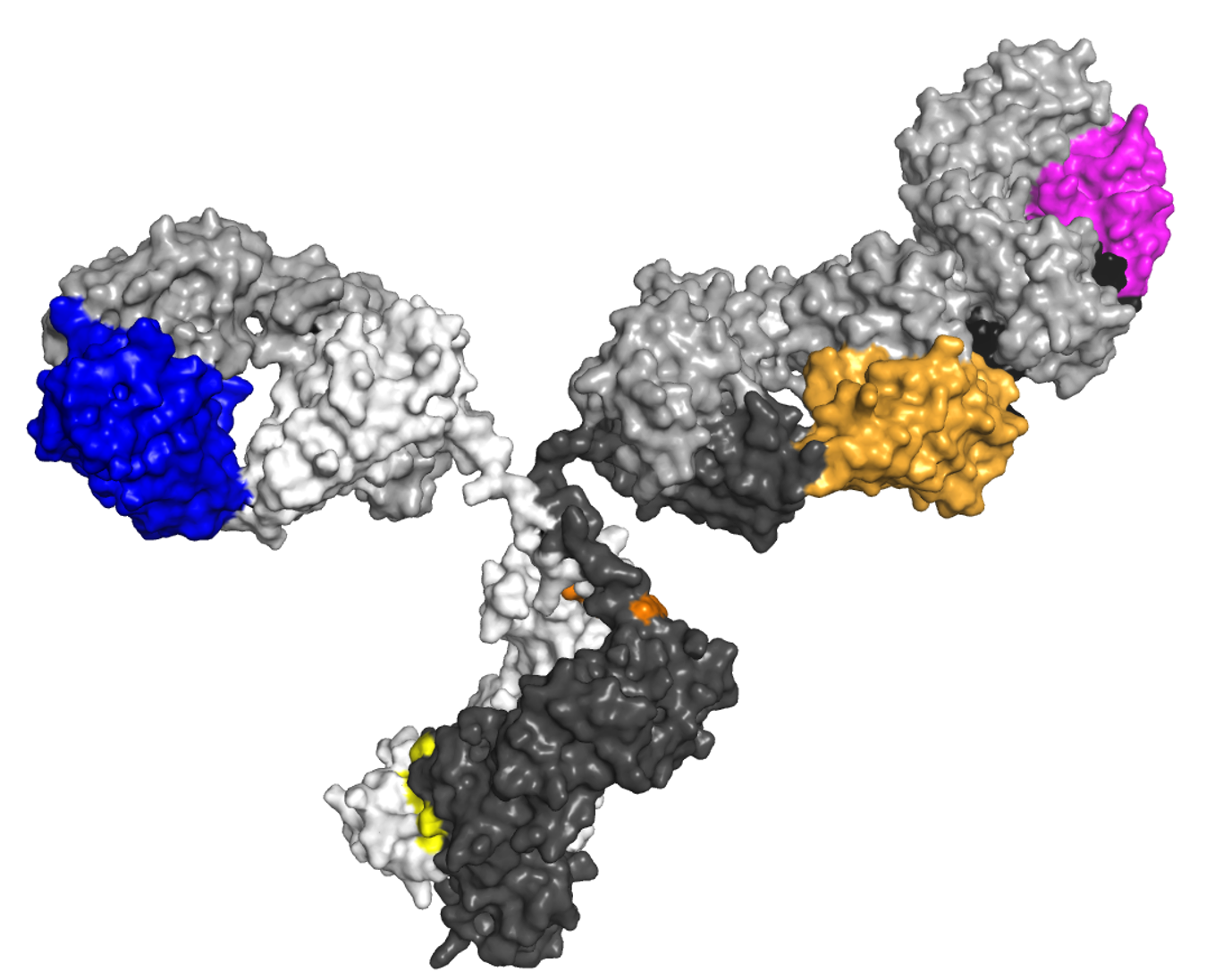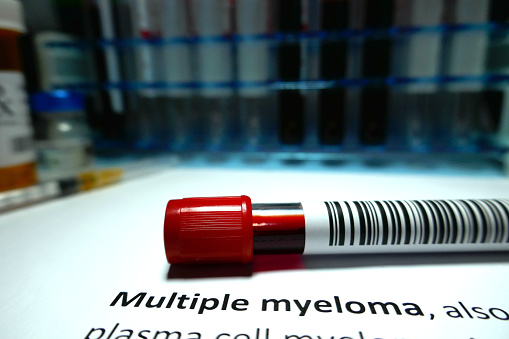
A small population study in Olmsted County, Minnesota, has found an association between body mass index (BMI) and progression of monoclonal gammopathy of undetermined significance (MGUS).
Researchers identified 594 individuals with MGUS between 1995 and 2003 and classified them according to BMI (<25 kg/m2 vs 25 kg/m2 or more).
With a median follow-up of 10.5 years, 465 patients died; 57 progressed and developed multiple myeloma (MM; n=39), light chain amyloidosis (n=8), lymphoma (n=5), or Waldenström macroglobulinemia (n=5).
A univariate analysis showed increased risk for MGUS progression associated with BMI ≥25 kg/m2 (hazard ratio [HR]=2.14; P=.04), non-immunoglobulin G (HR=2.84; P=.0001), high monoclonal (M) protein (HR=2.57; P=.001), and abnormal free light chain ratio (HR=3.39; P<.0001). All of these were independently associated with progression in a multivariable model as well.
The BMI association was stronger among female individuals (HR=3.55; P=.04) compared with males. The association between BMI and sex was not significant.
The researchers noted several limitations to this study including that 20% of patients with MGUS did not have a BMI measurement within two years of MGUS screening and that BMI does not provide information on fat distribution and cannot evaluate lean and fat mass.
“These findings may improve MGUS risk stratification and define a targeted group of MGUS patients with obesity or high BMI for weight loss intervention to reduce the risk of transformation to MM or other plasma-cell or lymphoid disorders,” the researchers wrote.
Kleinstern G, Larson DR, Allmer C, et al. Body mass index associated with monoclonal gammopathy of undetermined significance (MGUS) progression in Olmsted County, Minnesota. Blood Cancer J. 2022. doi:10.1038/s41408-022-00659-9






 © 2025 Mashup Media, LLC, a Formedics Property. All Rights Reserved.
© 2025 Mashup Media, LLC, a Formedics Property. All Rights Reserved.